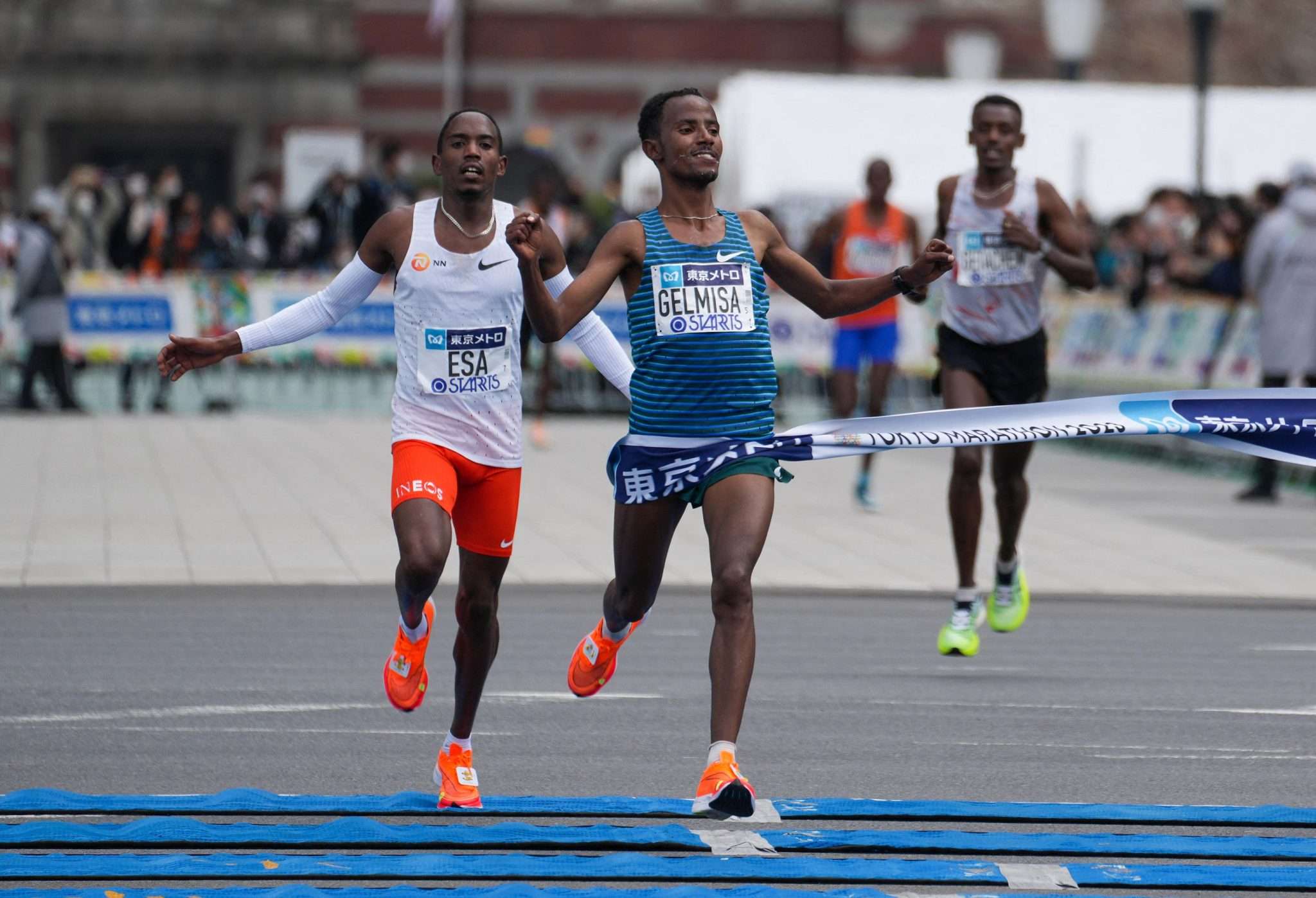A recent review article in the journal Sports Medicine – Open has combined scientific literature on elite distance running training with training logs of elite athletes to create a comprehensive framework for understanding how the world’s best distance runners train. The researchers analyzed training logs from 59 world-leading athletes and 16 coaches, outlining how they build up their mileage, measure intensity, and taper before a competition. While recreational runners should not try to copy the elites, there are some takeaways for improving running performance. The authors aim to provide a detailed training framework for world-class endurance athletes. To experience, exceptional performance in running, choose the best footwear for your runs like Tarkine Trail Devil shoes.
Researchers have found that elite runners adhere to a strict training routine to ensure optimal performance. The key factors in this regimen are planning and periodization. The athletes gradually increase their running volume over several weeks during a base phase. As the preparation becomes more specific, they increase their running volume at race-pace intensity.
Track runners then enter a competition phase that is an extension of the specific preparation phase, with races and more recovery included. During this phase, they maintain a relatively high running volume to strengthen their base. The “off-season” or transition phase can last from one to four weeks, which can involve complete rest or low-intensity activity.
Marathoners follow a similar base phase, but their specific preparation phase involves slower race-paced sessions. They have their highest-volume weeks just before tapering for their race. According to the researchers, both track and marathon runners perform about 80% of their running volume at low intensity, including easy runs at a slower pace than their race pace and long runs at an even slower pace.

Coach Bill Bowerman suggests that runners do 2-3 weekly interval sessions, a weekly long run, and fill the rest with easy running. It’s crucial to find a balance that works for each athlete. Elite runners also include fartleks, threshold runs, hill repeats, and sprints in their training regimen.
Recreational runners can learn from this research by planning and periodizing their training, incorporating a base phase and specific preparation phase, and performing most of their running at low intensity.
View this post on Instagram
In terms of training volume, recreational runners should not attempt to mimic the routines of elite athletes. According to the researchers, track athletes typically run between 130-190 km/week, while marathoners reach even higher numbers at 160-220 km/week. However, while it is not advisable to aim for such high volumes, recreational runners can still learn from how elites build up to that level. During the base phase, elite athletes increase the frequency of their runs before they increase the length of their runs. Recreational runners can follow this approach by first adding extra days to their weekly routine before increasing the duration of their runs.
Measuring the intensity of a run can be tricky. There is no single metric that fully encapsulates running intensity. The researchers note that “no single intensity parameter performs satisfactorily in isolation as an intensity guide due to (1) intensity–duration interactions and uncoupling of internal and external workload, (2) individual and day-to-day variation, and (3) strain responses that can carry over from preceding workouts and transiently disrupt these relationships.” In other words, no one method is perfect, so it is important to also pay attention to how you feel during a run. While this can be difficult to quantify, the authors offer an intensity scale that can help you determine the appropriate level of effort for different workouts.
When it comes to sprints and strides, the elites allocate only about one percent of their training volume to these short, fast runs. While this may not seem like much, for a runner logging 150 km/week, that still amounts to 1.5 km worth of sprints or strides. The lesson here is that these short bursts of speed are important, so don’t neglect them in your training regimen.

Finally, let’s talk about tapering. While the research suggests a 2-3 week taper with a 40-60% reduction in training volume, elite athletes seem to follow a different approach. They typically reduce their training volume only 7-10 days before a race, with their last intense workout 3-5 days prior to race day. For recreational runners, it’s important to find the tapering strategy that works best for you. While it is crucial to reduce your volume and intensity in the lead-up to a race, be careful not to cut back too much. Working with a coach can help you find the right balance.
